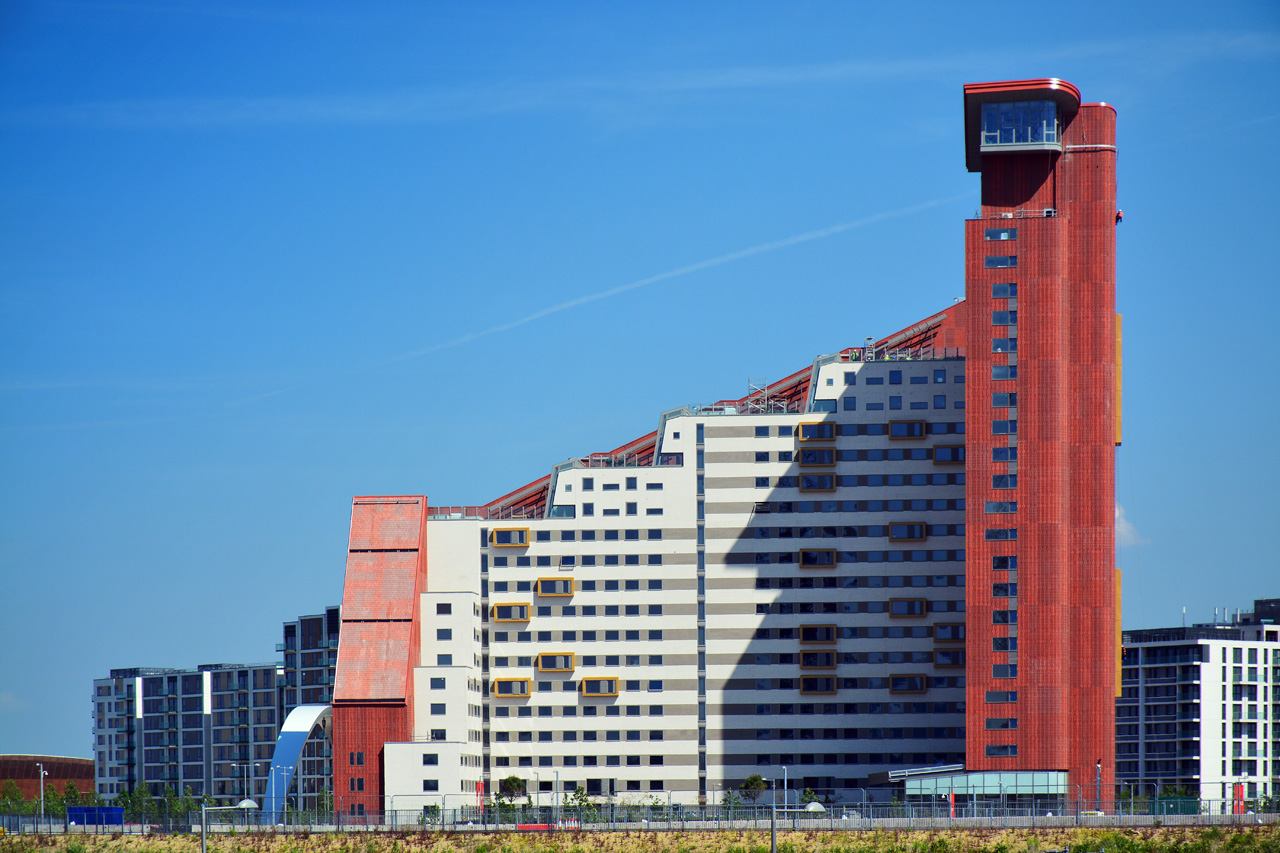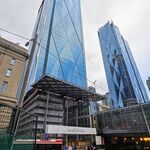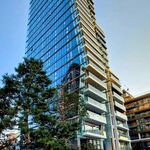In Toronto, the topics of energy efficiency and environmental sensitivity in development cannot be discussed without mentioning LEED Certification. This evaluation system, however, is not the only one, and metrics like WELL and even Toronto's own Green Standard take some other parameters into account. Understanding the differences between these metrics is instructive, as it opens a bigger window into the full environmental impacts of buildings. This week's 'Explainer' looks at BREEAM, a UK-based system similar to LEED, but which incorporates different methods to achieve its objectives. So what is BREEAM, and what makes it different from its international counterparts? Our sister site SkyriseCities.com, provides an in-depth overview:
 Unite Stratford One in London received an 'Excellent' rating, image by Flickr user George Rex via Creative Common
Unite Stratford One in London received an 'Excellent' rating, image by Flickr user George Rex via Creative Common
While Leadership in Energy and Environmental Design (LEED) has gained popularity worldwide as the chief method of assessing, rating, and certifying the sustainability of buildings, the ubiquitous system took inspiration from an antecedent scheme established in the United Kingdom. Building Research Establishment Environmental Assessment Method (BREEAM) was created in 1990 as a tool to reduce the negative impacts of construction and development on the environment, encourage the adoption of sustainable building practices, and implement a framework for the certification of environmentally friendly structures.
You can find the rest of the story on our sister site, SkyriseCities.com.

 972
972 








































